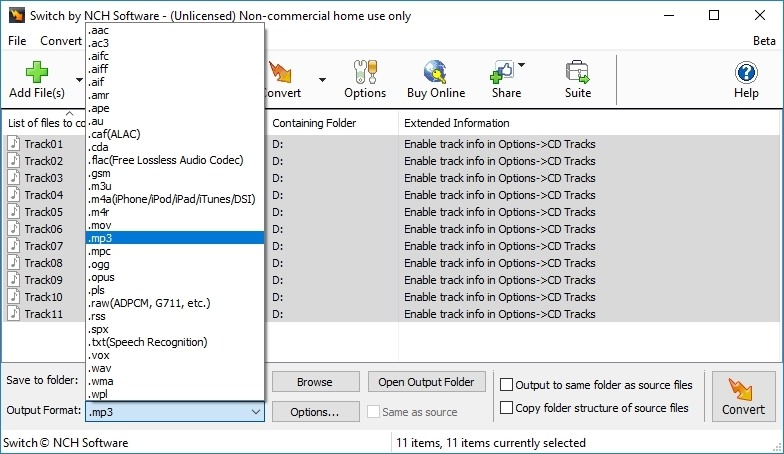

The power MOSFET later became the most widely used power device for switching power supplies. 1959 The MOSFET (metal-oxide-semiconductor field-effect transistor) is invented by Mohamed M. 1936 Car radios used electromechanical vibrators to transform the 6 V battery supply to a suitable B+ voltage for the vacuum tubes. See Voltage regulator#Electromechanical regulators. 1932 Electromechanical relays are used to stabilize the voltage output of generators. The patent mentions high frequency welding and furnaces, among other uses. 1926 On 23 June, British inventor Philip Ray Coursey applies for a patent in his country and United States, for his "Electrical Condenser".

Variations of this ignition system were used in all non-diesel internal combustion engines until the 1960s when it began to be replaced first by solid-state electronically-switched versions, then capacitive discharge ignition systems. The Kettering ignition system is a mechanically-switched version of a fly back boost converter the transformer is the ignition coil. Kettering and his company Dayton Engineering Laboratories Company (Delco) goes into production for Cadillac. 1910 An inductive discharge ignition system invented by Charles F. History 1836 Induction coils use switches to generate high voltages.


This higher power conversion efficiency is an important advantage of a switched-mode power supply. In contrast, a linear power supply regulates the output voltage by continually dissipating power in the pass transistor. Voltage regulation is achieved by varying the ratio of on-to-off time (also known as duty cycles). A hypothetical ideal switched-mode power supply dissipates no power. Unlike a linear power supply, the pass transistor of a switching-mode supply continually switches between low- dissipation, full-on and full-off states, and spends very little time in the high dissipation transitions, which minimizes wasted energy. Like other power supplies, an SMPS transfers power from a DC or AC source (often mains power, see AC adapter) to DC loads, such as a personal computer, while converting voltage and current characteristics. An adjustable switched-mode power supply for laboratory useĪ switched-mode power supply ( switching-mode power supply, switch-mode power supply, switched power supply, SMPS, or switcher) is an electronic power supply that incorporates a switching regulator to convert electrical power efficiently.


 0 kommentar(er)
0 kommentar(er)
